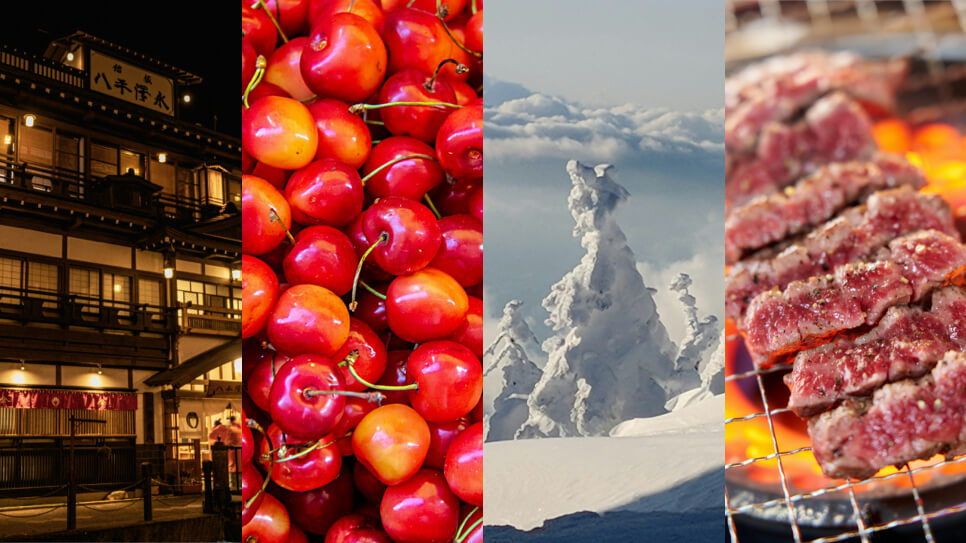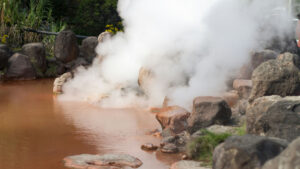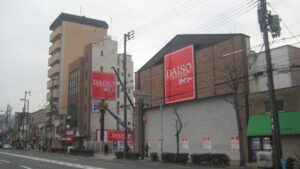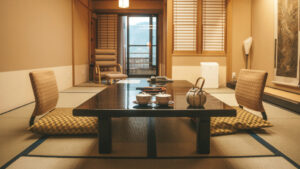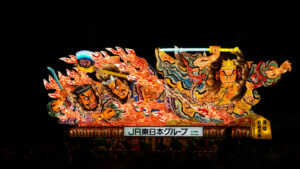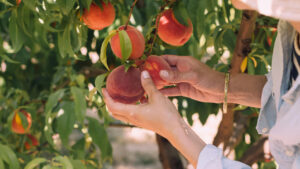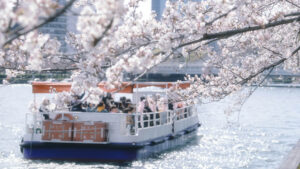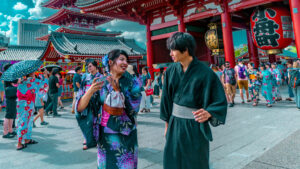Seasonal landscapes, delicious local cuisine, relaxing hot springs, and towns steeped in history—Yamagata Prefecture is a treasure trove of natural beauty and cultural experiences in the Tohoku region of Japan. This article covers everything you need to know before traveling to Yamagata, from basic information and regional sightseeing highlights to famous gourmet specialties and transportation tips.
Whether you’re looking for a peaceful retreat or an active adventure, Yamagata offers something for every kind of traveler. Discover the charm of this unique destination!
Contents
What is Yamagata Prefecture? A Treasure Trove of Nature and Culture in Tohoku

Yamagata Prefecture is located in the southwestern part of Japan’s Tohoku region and is known for its harmonious blend of natural beauty and rich culture. From the coastal Shonai area facing the Sea of Japan to the mountainous inland regions, Yamagata offers diverse attractions for all kinds of travelers. With a wealth of history, hot springs, gourmet food, and stunning seasonal landscapes, visitors can enjoy unique Yamagata experiences throughout the year.
A Prefecture in the Tohoku Region
Yamagata lies in the southwestern area of the Tohoku region, bordered by Akita and Miyagi Prefectures to the north, Niigata to the west, and Fukushima to the south. About 80% of its land is mountainous—true to its name, which literally means “shape of mountains” in Japanese. The prefecture has cultivated a deep connection to mountain life, and its major cities, including the capital Yamagata City, have developed in harmony with the surrounding nature.
Abundant Mountains and a Fruit-Growing Paradise
Yamagata Prefecture is surrounded by beautiful mountain ranges such as the Asahi and Zao ranges, offering stunning natural scenery that changes with the seasons. Thanks to the pristine water flowing from these mountains and the fertile soil, fruit cultivation is a major industry. Among the fruits, cherries are especially famous nationwide—particularly the “Satonishiki,” known as the “King of Cherries,” which is a signature product of Yamagata.
Clear Seasonal Changes and Scenic Landscapes
Yamagata experiences clearly defined seasons, from cherry blossoms in spring and lush greenery in summer to vibrant autumn foliage and snowy winter landscapes. Summers are humid, and winters often bring heavy snowfall, especially on the Sea of Japan side. These seasonal conditions enhance the flavor of local produce and have contributed to the development of a rich hot spring culture. One of the charms of visiting Yamagata is enjoying its ever-changing beauty throughout the year.
Famous Local Specialties: Yonezawa Beef and Cherries
Yamagata is also a gourmet destination. The renowned Yonezawa beef is celebrated across Japan for its exquisite marbling and melt-in-your-mouth texture, commonly enjoyed as sukiyaki or steak. In addition to cherries, Yamagata produces a wide variety of fruits such as La France pears, peaches, and grapes, earning it the nickname “Fruit Kingdom.” These local delicacies are popular souvenirs among tourists.
Basic Facts about Yamagata Prefecture
By the Numbers: Area, Population, and Climate
Yamagata Prefecture spans approximately 9,325 km², making it the 9th largest prefecture in Japan. As of 2025, its population stands at around 999,378, with a continuing trend of decline in recent years.
One of Japan’s Leading Hot Spring Destinations
Yamagata is often referred to as a “Hot Spring Kingdom,” boasting over 230 hot spring resorts throughout the prefecture—among the highest numbers in Japan. Popular onsen such as Zao, Ginzan, and Kaminoyama attract countless visitors. Many of these hot springs are nestled in the mountains or along rivers, offering therapeutic relaxation amid beautiful seasonal landscapes.
Aging Population and High Vehicle Ownership
As of 2024, Yamagata’s aging rate is about 35%, exceeding the national average and highlighting demographic challenges in the region. At the same time, vehicle ownership is among the highest in Japan, with more than 1.6 cars per household on average. This reflects the limited availability of public transportation compared to urban areas. For both tourists and those considering relocation, having a car significantly improves mobility within the prefecture.
The History of Yamagata Prefecture
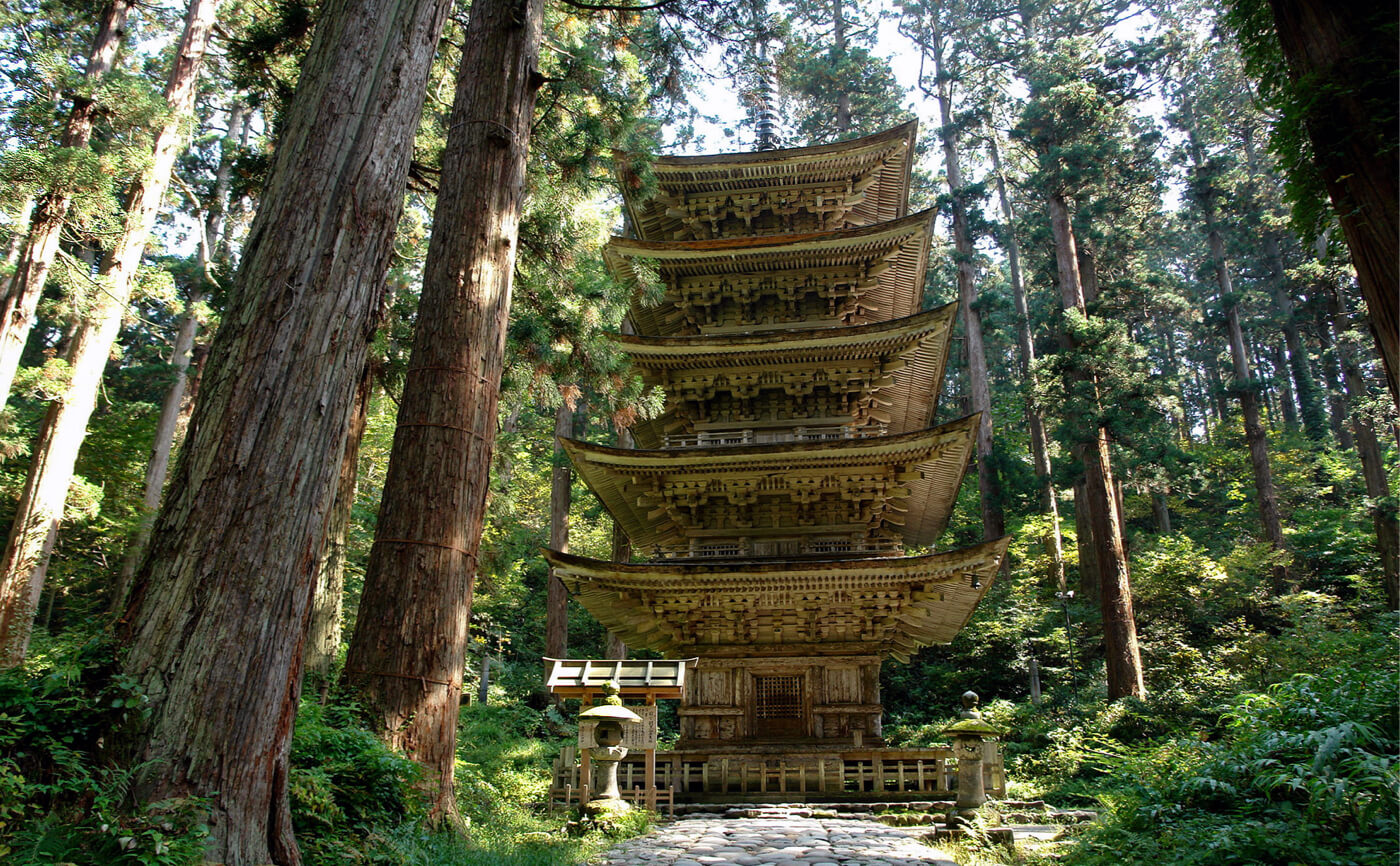
Ancient Traditions of Faith and Agriculture
The Sacred Tradition of Shugendo in the Dewa Sanzan Mountains
Located in central Yamagata, the Dewa Sanzan—Mount Gassan, Mount Haguro, and Mount Yudono—have long been revered as sacred sites symbolizing “death and rebirth.” These mountains have flourished as training grounds for Shugendo, a syncretic religion combining mountain worship, Shinto, and Buddhism. Even today, ascetics in white robes can be seen climbing the mountains, attracting spiritual seekers from across Japan and abroad to this mystical pilgrimage site.
A Legacy of Rice Cultivation
Thanks to the fertile lands along the Mogami River and its abundant water sources, Yamagata has long been a major center for rice cultivation. During the Edo period, it was highly valued as a rice supplier to the Tokugawa shogunate, earning a national reputation as “Yamagata, the land of rice.” This tradition continues today and is deeply embedded in the region’s food culture and landscapes, producing premium rice varieties such as Tsuyahime and Yukiwakamaru.
Homeland of Uesugi Kenshin and Uesugi Kagekatsu
Yonezawa City in southern Yamagata is closely associated with the famous Sengoku-era warlord Uesugi Kenshin and his successor Uesugi Kagekatsu. Kenshin moved from Echigo (modern-day Niigata) to Yonezawa, laying the foundation for the Yonezawa Domain. Today, Uesugi Shrine stands on the site of Yonezawa Castle and draws large crowds during the annual Uesugi Festival each spring. The legacy of his loyal retainer, Naoe Kanetsugu, is also celebrated, making this a must-visit destination for history enthusiasts.
Yamagata’s Must-See Tourist Spots by Area
Shonai Area (Sakata, Tsuruoka, etc.)
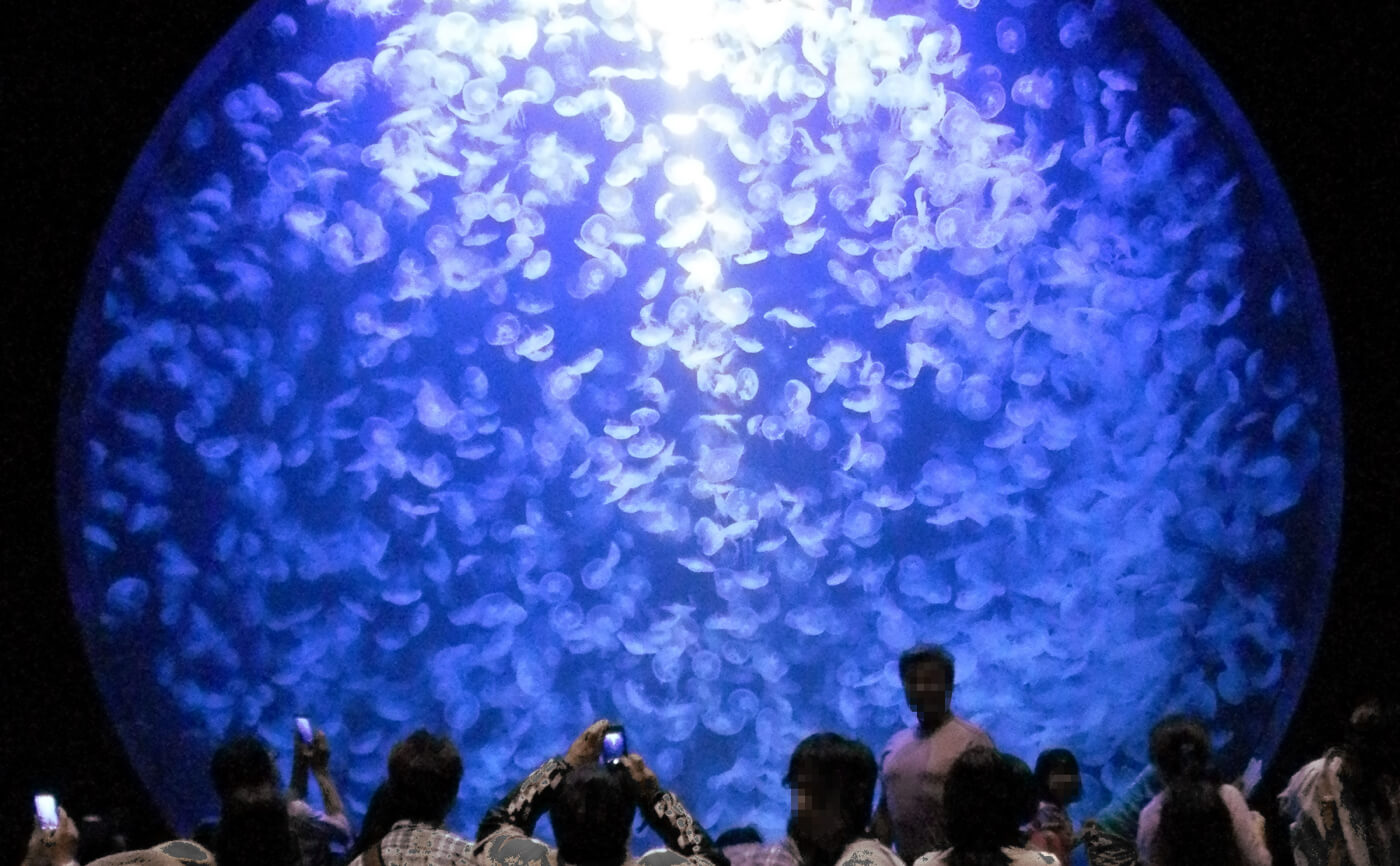
Located in western Yamagata Prefecture along the Sea of Japan, the Shonai area is a region rich in nature, history, and culture. From historic port towns and sacred mountains to relaxing hot springs, Shonai offers a wide range of attractions for travelers.
Kamo Aquarium and the Mystique of Jellyfish
Kamo Aquarium in Tsuruoka City is renowned for having the world’s largest collection of jellyfish species. Its signature attraction, the “Jellyfish Dream Theater,” showcases over 50 types of jellyfish in a massive tank, creating a tranquil, space-like atmosphere that captivates visitors. Nighttime illumination events further enhance the surreal experience, making it a must-visit spot.
Mount Haguro and the Sacred Dewa Sanzan
Mount Haguro, one of the Dewa Sanzan (Three Sacred Mountains of Dewa), is a revered site of mountain worship and Shugendo (ascetic training). The stone stairway lined with centuries-old cedar trees—2,446 steps in total—is considered one of Japan’s most powerful spiritual spots. At the summit lies the Dewa Sanzan Shrine, where all three mountain deities are enshrined together. Visitors can also participate in spiritual training programs for a truly rejuvenating experience.
Yunohama Onsen: A Seaside Retreat
Yunohama Onsen is a scenic hot spring town overlooking the Sea of Japan. Many open-air baths offer breathtaking sunset views, providing the perfect setting for relaxation. Conveniently located near Tsuruoka City and Kamo Aquarium, it’s an ideal base for exploring the Shonai area. The region also boasts seasonal seafood specialties—crab in winter and rock oysters in summer—making for an unforgettable culinary and hot spring experience.
Okitama Area (Yonezawa, Nagai, etc.)
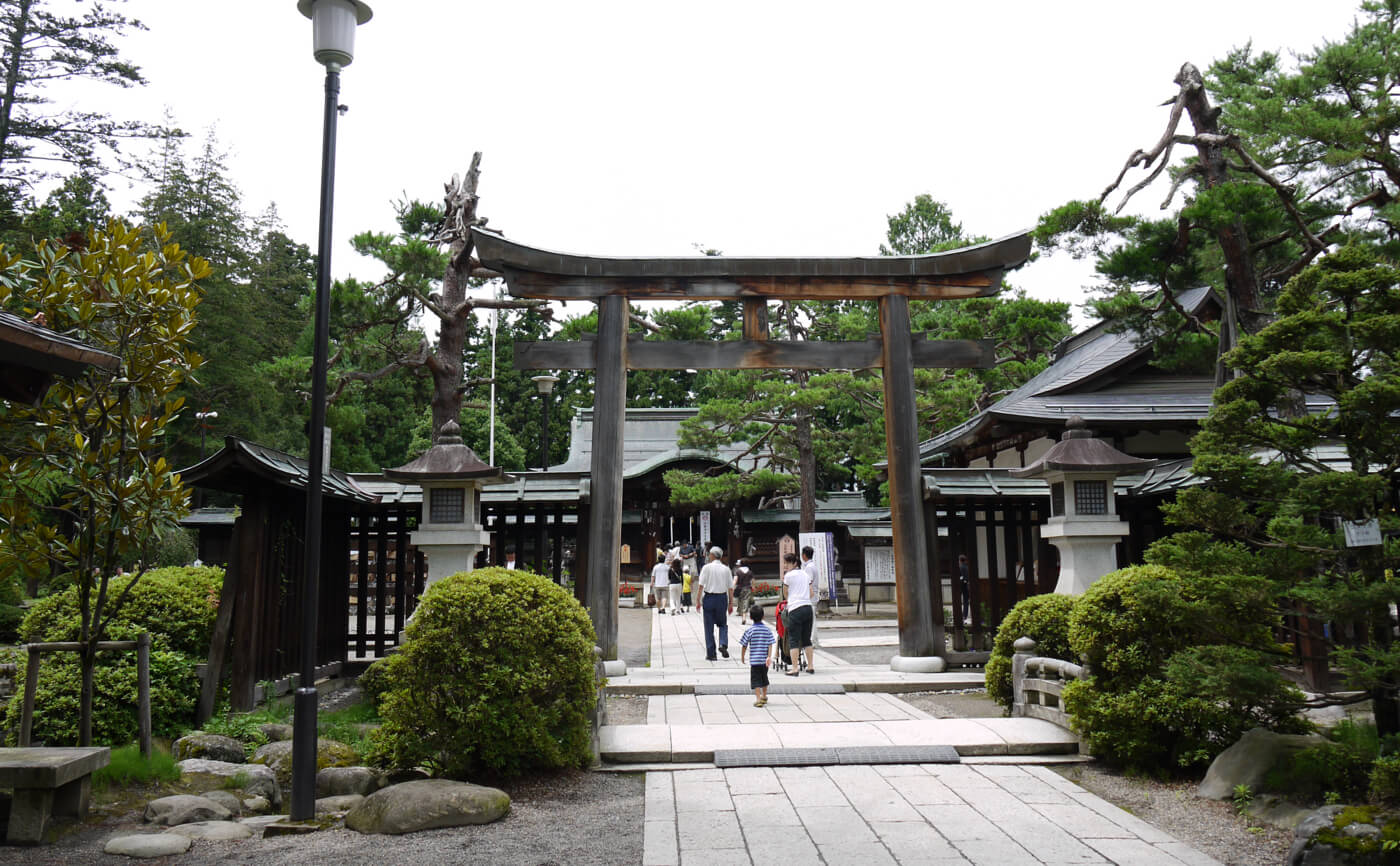
Located in the southernmost part of Yamagata Prefecture, the Okitama area is a captivating region where history, hot springs, and natural beauty converge. Centered around Yonezawa, visitors can explore historic sites linked to legendary samurai, soak in high-quality hot springs, and enjoy locally produced wine.
Yonezawa Castle Ruins and Uesugi Shrine
The ruins of Yonezawa Castle, located in the heart of Yonezawa City, are closely associated with famed warlords Uesugi Kenshin and Uesugi Kagekatsu. Today, the site is home to Uesugi Shrine, a revered place that preserves the spirit of “Gi” (righteousness), a core value of the Uesugi clan. In spring, the grounds become a popular cherry blossom viewing spot, and the annual Uesugi Festival—with its parade of armored warriors—draws many visitors.
Akayu Onsen and Local Wineries
Akayu Onsen in Nanyo City is a historic hot spring resort known for its therapeutic waters. The slightly thick, gentle spring water soothes the skin and offers deep relaxation. The area is also considered the birthplace of Yamagata wine, and several wineries are scattered nearby. Tastings and winery tours are available, making it possible to enjoy both fine wine and rejuvenating hot springs in one indulgent trip.
Shirabu Onsen and Scenic Winter Baths
About a 30-minute drive from Yonezawa, Shirabu Onsen is a secluded hot spring area nestled in the mountains. It is especially famous for its open-air baths in winter, where guests can soak while enjoying breathtaking snow-covered landscapes. The area is also close to scenic spots like the Nishiazuma Sky Valley and Tengendai Highlands, making it an ideal destination for those seeking tranquility amid the changing seasons.
Murayama Area (Yamagata City, Tendo, etc.)

Located in the central part of Yamagata Prefecture, the Murayama area includes the prefectural capital, Yamagata City. It is a region where nature and culture coexist in harmony, offering a rich variety of attractions throughout the year—from stunning seasonal scenery to historical landmarks, hot springs, and outdoor activities.
Yamadera (Risshakuji Temple): Scenic Hike and Tranquility
Situated on the outskirts of Yamagata City, Yamadera (officially Hōjuzan Risshakuji Temple) is a historic temple complex built into the cliffs. The ascent up 1,015 stone steps rewards visitors with breathtaking panoramic views and a serene atmosphere. This site is also famous for being where the renowned haiku poet Matsuo Basho composed a poem, making it a place where nature and spirituality come together.
Shogi Culture in Tendo and the Human Shogi Event
Tendo City is Japan’s top producer of shogi (Japanese chess) pieces and offers unique cultural experiences centered on the game. One of its most popular events is the spring “Human Shogi,” where people dressed in samurai armor act as living game pieces on a giant board. It’s a must-see for both shogi enthusiasts and general tourists. The city also offers a shogi museum and hands-on experiences like carving your own shogi piece.
Zao Onsen and the Frost-Covered “Ice Monsters”
Zao is renowned for its winter spectacle: “juhyo,” or “ice monsters,” a rare natural phenomenon where snow-covered trees take on dramatic shapes. Visitors can enjoy the view via ropeway or explore it on snowshoe tours. Adjacent to the area is Zao Onsen, known for its strong sulfur springs with skin-beautifying effects. It’s the perfect spot to relax after skiing or snowboarding, offering the luxury of enjoying both winter sports and hot springs in one trip.
Yamagata Cuisine and Local Specialties
Yamagata Prefecture is also known as a “treasure trove of food,” thanks to its rich natural environment and climate. The region’s diverse geography—ranging from mountains and rivers to fertile basins—provides the ideal conditions for cultivating a wide variety of agricultural products, including premium rice and fruits. Here are some of the most popular gourmet delights and specialties from Yamagata.
Yamagata’s Pride: Premium Rice and Fruits
Brand Rice: Tsuyahime and Yukiwakamaru
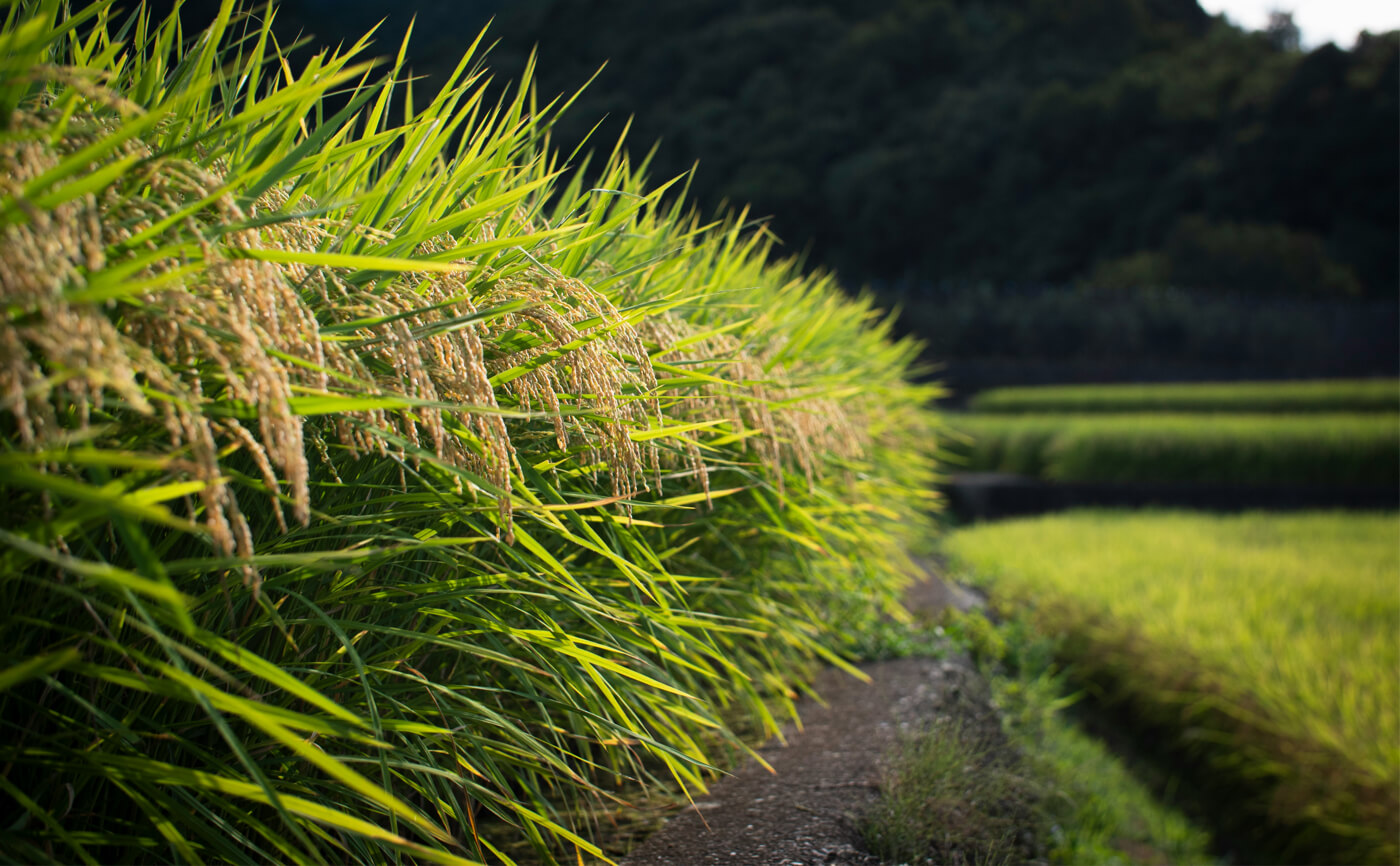
Yamagata’s signature rice varieties include “Tsuyahime,” known for its glossy appearance and natural sweetness, and “Yukiwakamaru,” its younger sibling with firm, flavorful grains. Both types maintain their delicious taste even when cold, making them ideal for bento lunches and rice balls. Their high quality has earned them a loyal following across Japan, especially as premium gift items.
Cherry-Picking Experiences
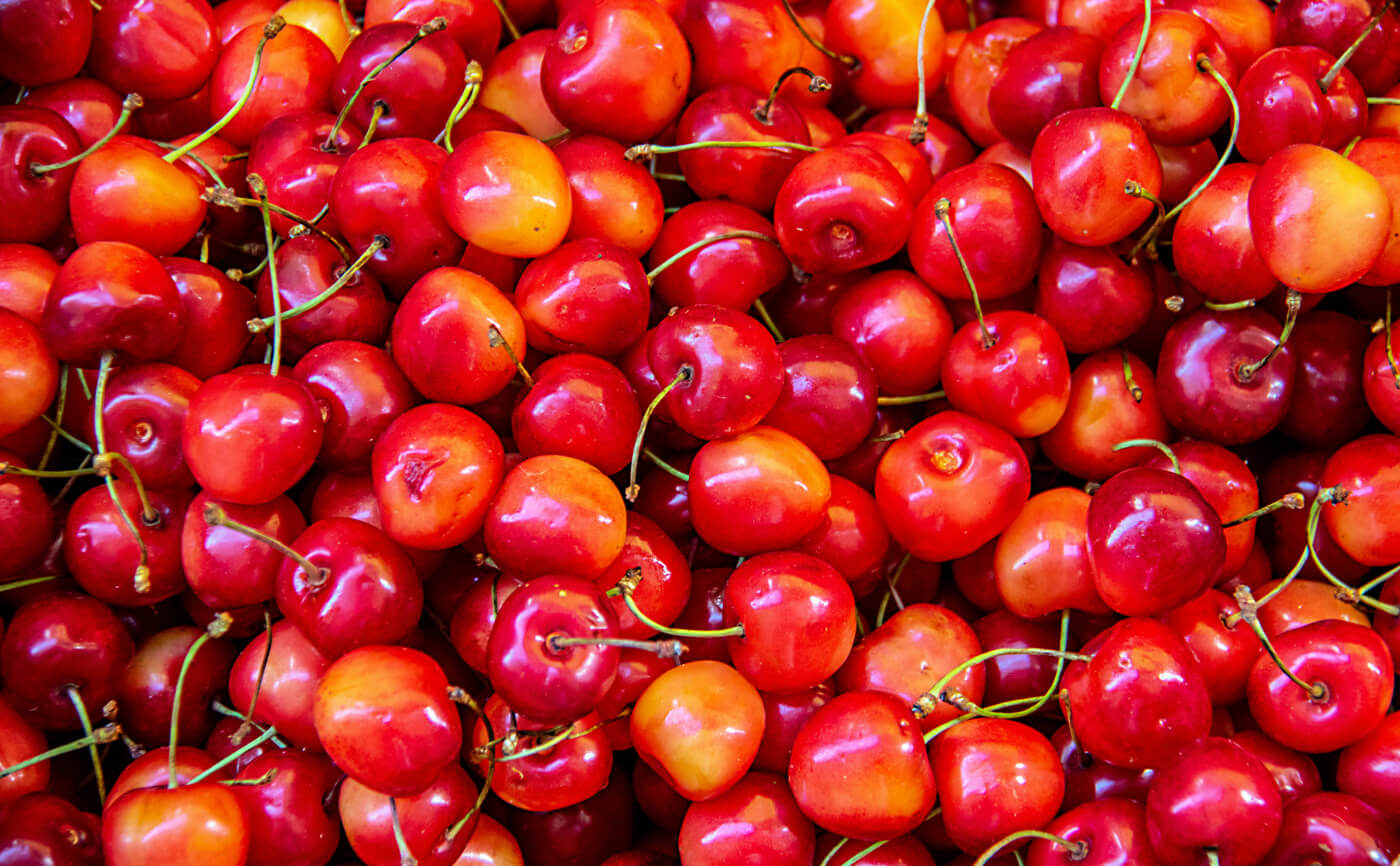
Yamagata ranks number one in Japan for cherry production. The most famous variety, “Satonishiki,” is often called the “jewel of red fruits” for its perfect balance of sweetness and firmness. In June, many cherry farms open their orchards to visitors, offering a fun and delicious cherry-picking experience. It’s a luxurious seasonal activity that draws tourists from all over.
La France Pears and Grapes
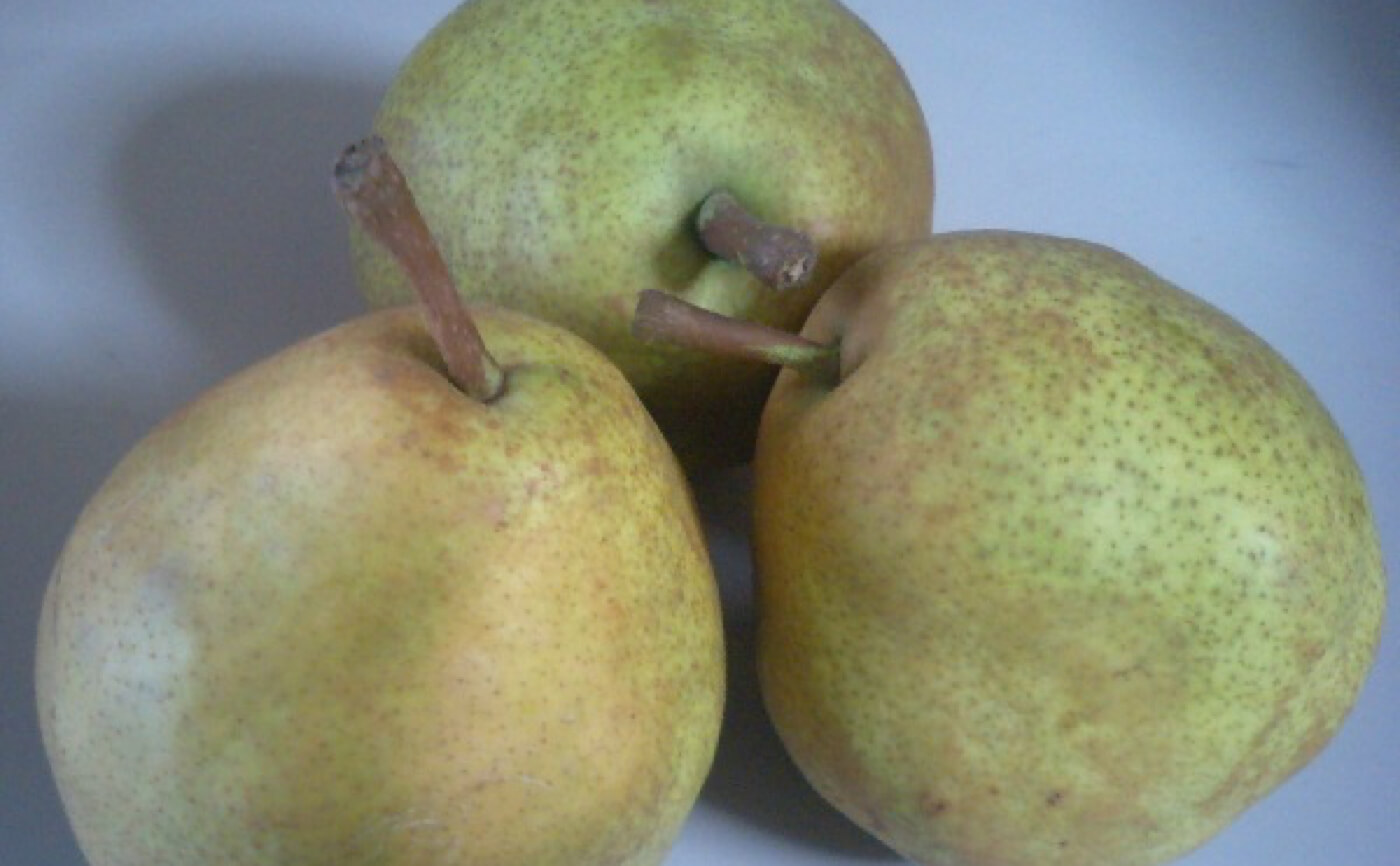
Come autumn, Yamagata becomes a paradise for fruit lovers, with the harvest of “La France” pears and “Shine Muscat” grapes. La France pears are particularly popular for their fragrant aroma and melt-in-your-mouth texture, often enjoyed fresh or used in desserts and processed goods. You can find these fruits at roadside stations and farmers’ markets, where they’re sold fresh and at reasonable prices.
Local Cuisine and Regional Specialties
Imoni Gatherings: A Beloved Autumn Tradition

When autumn arrives in Yamagata, it’s time for Imoni—a hearty soup made with taro, beef, konjac, and green onions simmered in a soy sauce-based broth. The tradition of gathering with friends and family along riversides to enjoy “Imoni parties” (Imoni-kai) is a seasonal staple. The recipe varies by region within the prefecture; for example, in the Shonai area, a miso-based version is common.
Yonezawa Beef: Sukiyaki, Yakiniku, and More

Renowned across Japan, Yonezawa beef is one of Yamagata’s most prestigious gourmet offerings. Its beautifully marbled fat and rich flavor make it ideal for sukiyaki, shabu-shabu, yakiniku (grilled meat), and steak. No matter the preparation, it offers a melt-in-your-mouth experience that delights meat lovers.
Hiyashi Ramen: Yamagata’s Chilled Noodle Dish
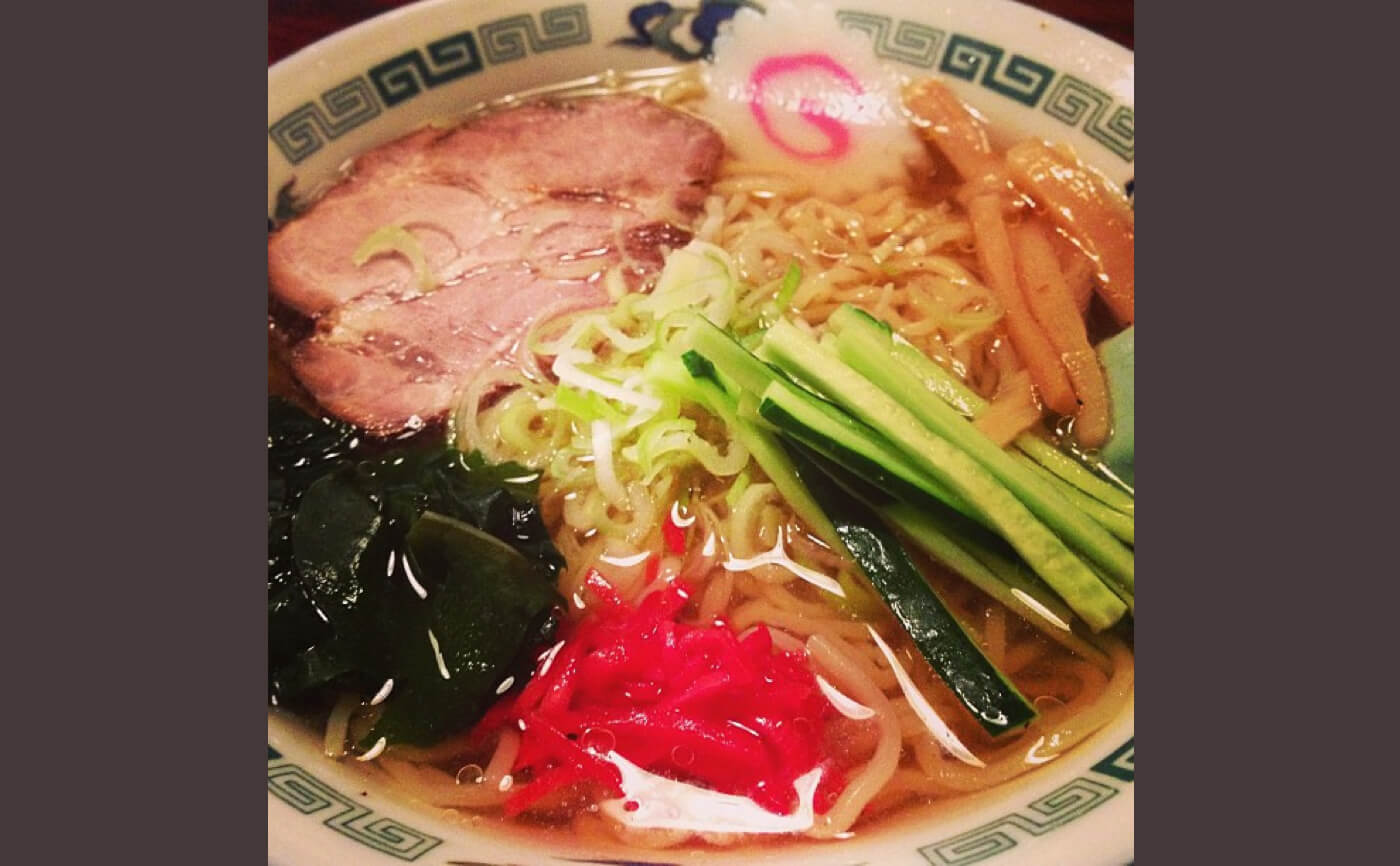
Yamagata is also home to the refreshing Hiyashi Ramen, a cold ramen dish perfect for hot summers. Featuring chilled noodles in a cold broth, it was invented by a long-established ramen shop in Yamagata City. Today, many restaurants throughout the prefecture serve their own versions. It’s a unique local specialty that reflects Yamagata’s proud ramen culture.
Is a Car Necessary for Yamagata Travel? Transportation Tips
Yamagata Prefecture is rich in nature and its tourist attractions are widely dispersed. Choosing the right mode of transportation can greatly affect the comfort and efficiency of your trip. Unlike urban areas, public transportation options are limited, so renting a car is often highly recommended.
Limited Train and Bus Services in Rural Areas
While trains and buses do connect major cities and popular sights in Yamagata, many routes have limited service. In rural regions, some lines run only a few times a day, making it difficult to stick to a flexible schedule. Travelers with plenty of time may not mind, but those hoping to see many sites in a short trip may find public transport inconvenient.
Driving Is Especially Convenient in Shonai and Okitama
Areas like Shonai (Sakata, Tsuruoka) and Okitama (Yonezawa, Nagai) have sparse train services and long distances between attractions, making car travel far more convenient. With a car, you can visit remote hot springs, fruit farms, and scenic spots at your own pace.
Roads in Yamagata are generally wide and uncrowded, making it ideal for first-time Tohoku road trips. Driving through picturesque countryside and mountains enhances the travel experience.
Remote Destinations Like Yamadera and Zao Are Easier by Car
Top attractions such as Yamadera Temple and Zao Onsen or its famous snow monsters (juhyo) can be hard to reach by public transport. Taxis can be expensive and limit your flexibility. With a car, you can visit these areas more freely.
Some places, like Zao, have roads closed in winter, so it’s essential to check access and road conditions beforehand.
Rental Car Tips and Cautions
Rental cars are available at locations like Yamagata Station, Shinjo Station, Shonai Airport, and Yamagata Airport. Many companies offer tourist-friendly plans. In winter, be sure to choose a car equipped with snow tires and monitor weather conditions regularly.
Some popular spots may have limited parking, so it’s wise to check parking availability in advance to avoid surprises.
Yamagata Prefecture is a place blessed with beautiful nature, historical cultural heritage, warm-hearted people, and a rich food culture.
Each area offers its own unique charm, and traveling by car allows you to fully explore the depth and diversity of Yamagata.
Through your journey, you’re sure to experience moments that nourish both your heart and soul.
